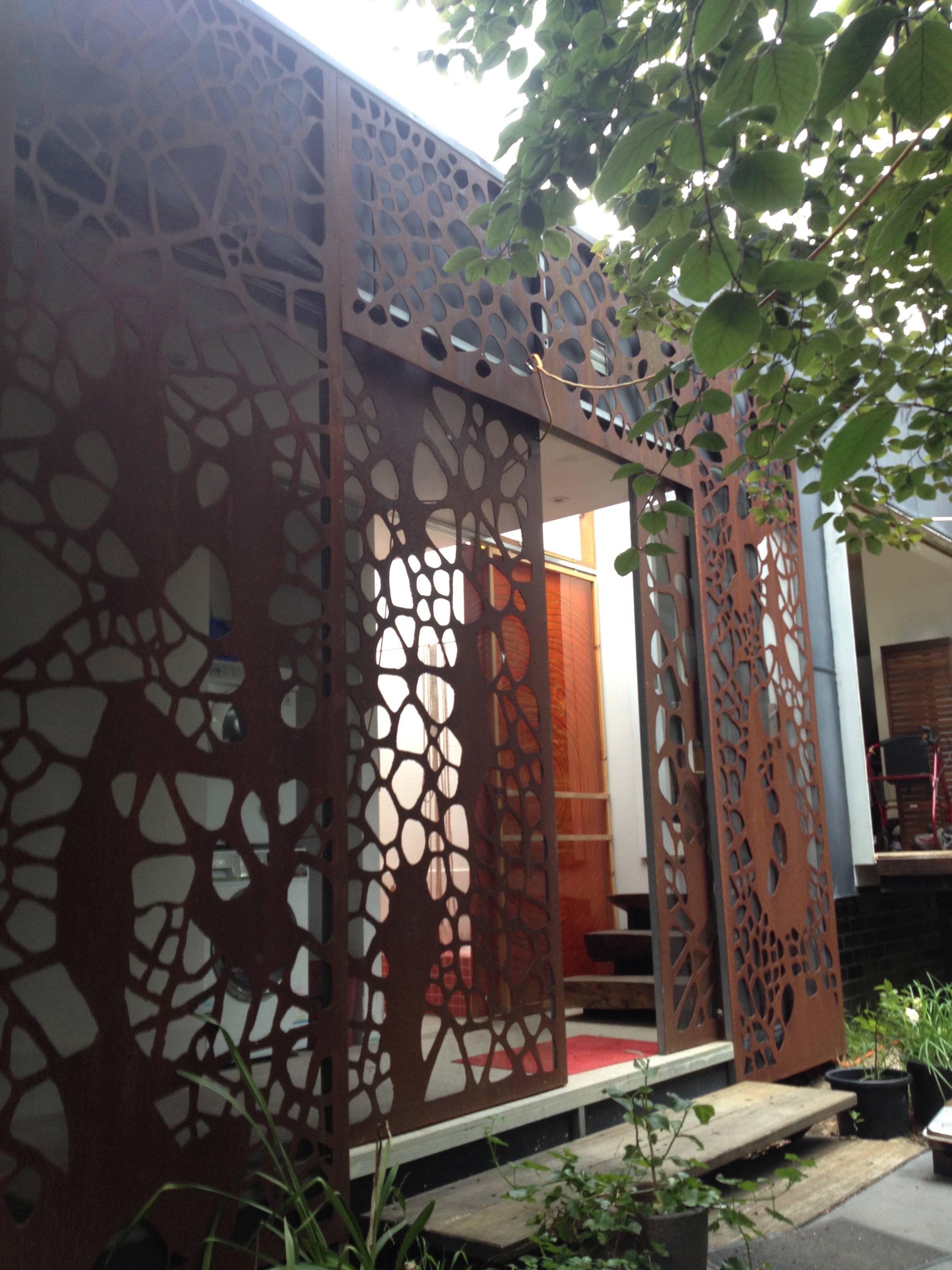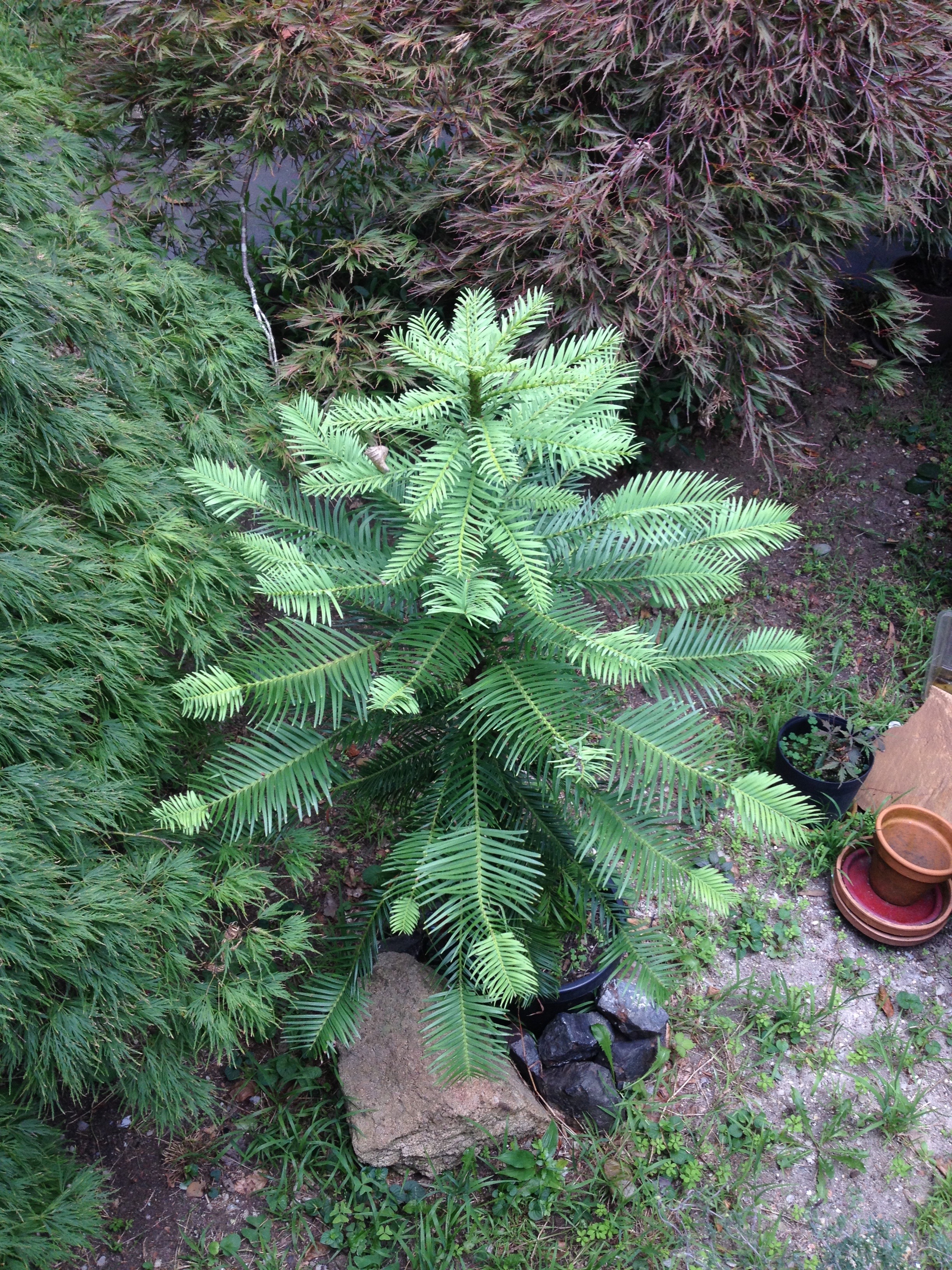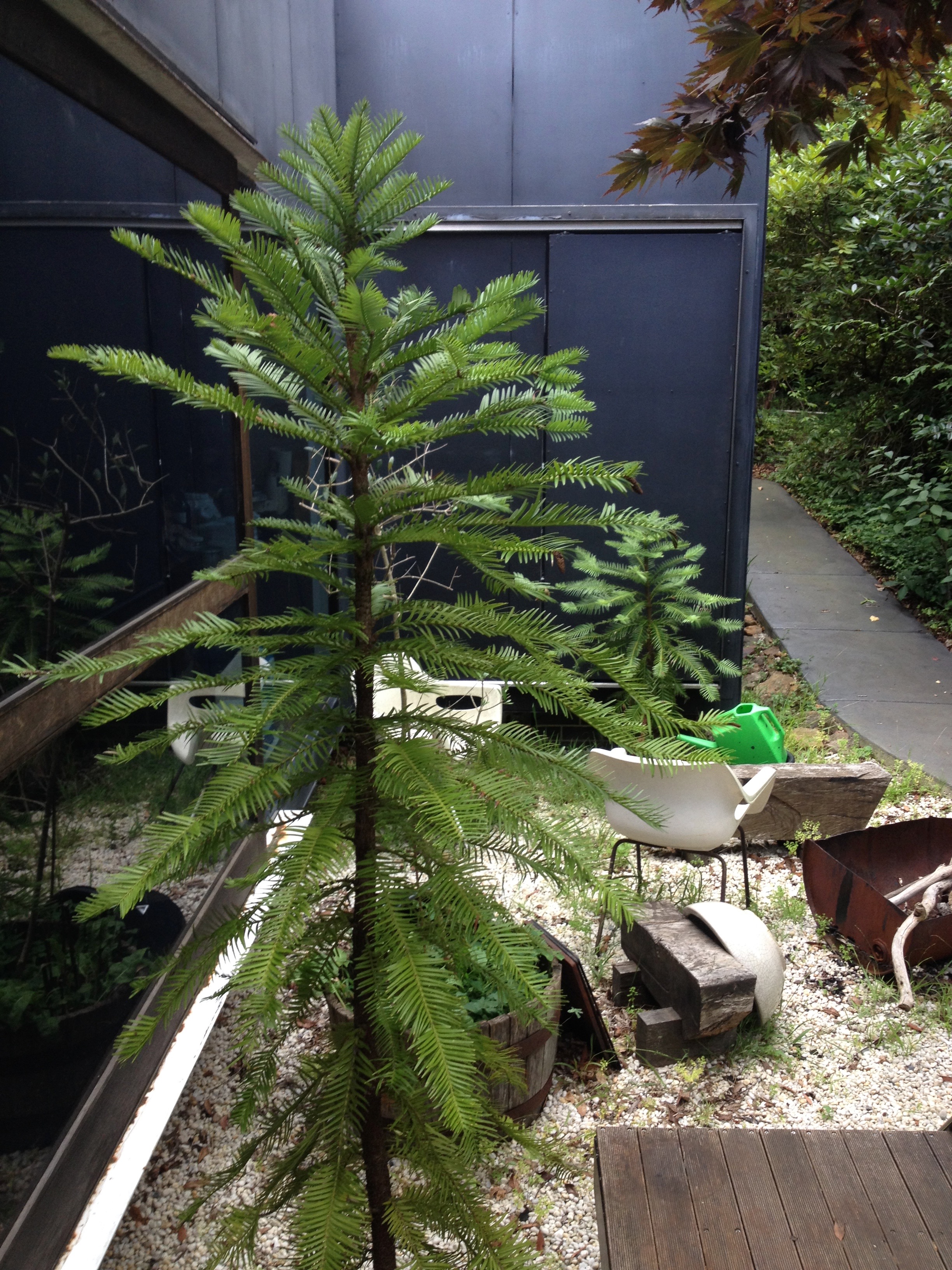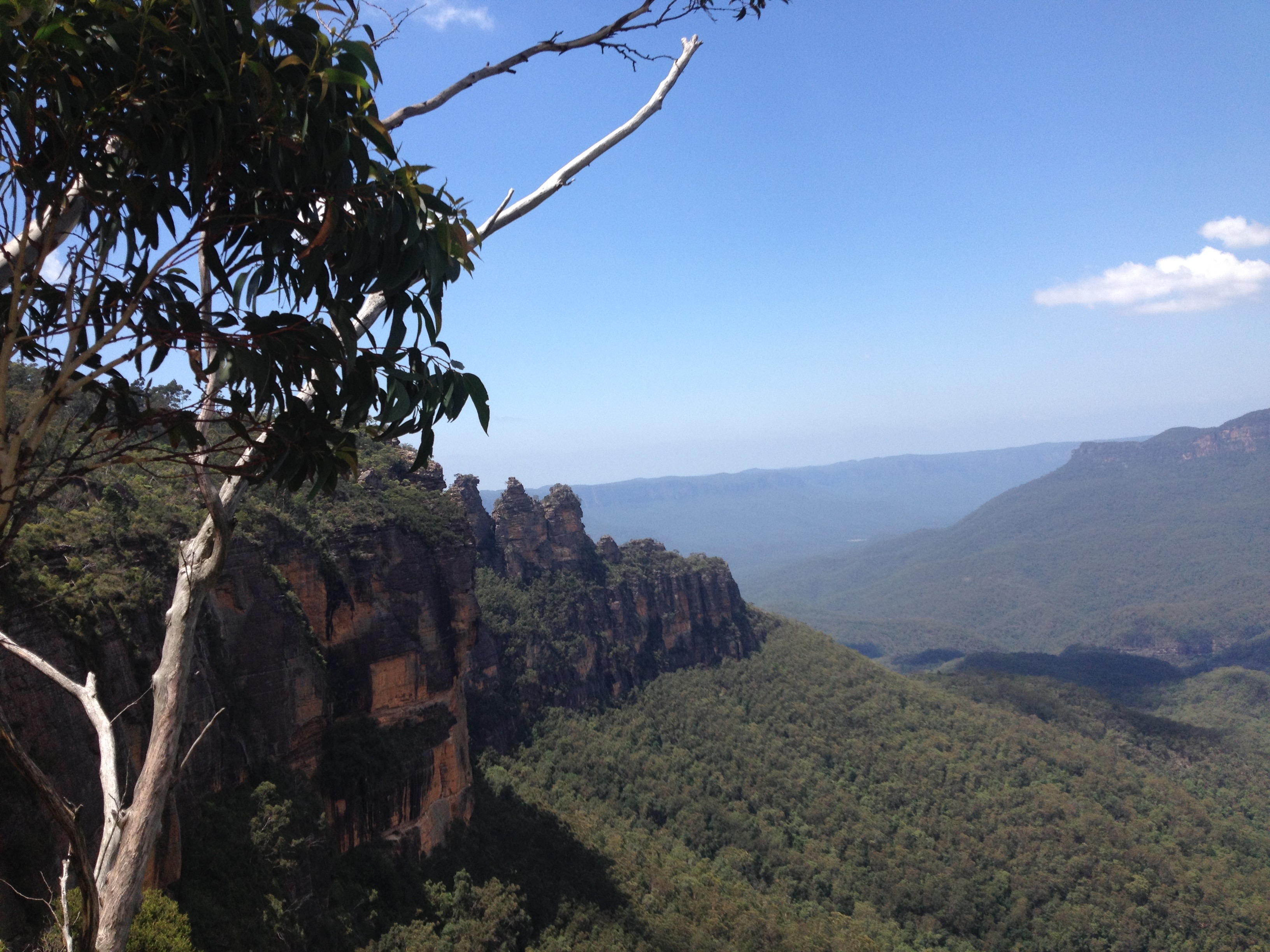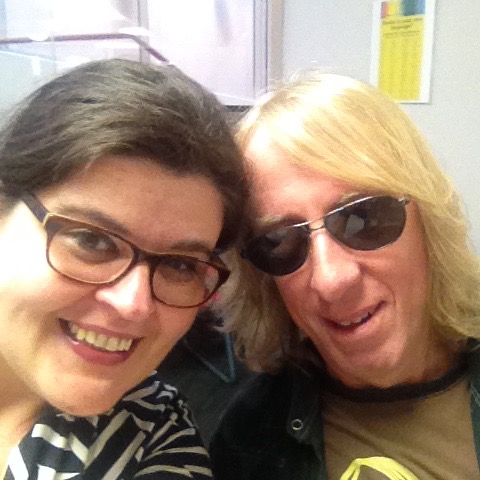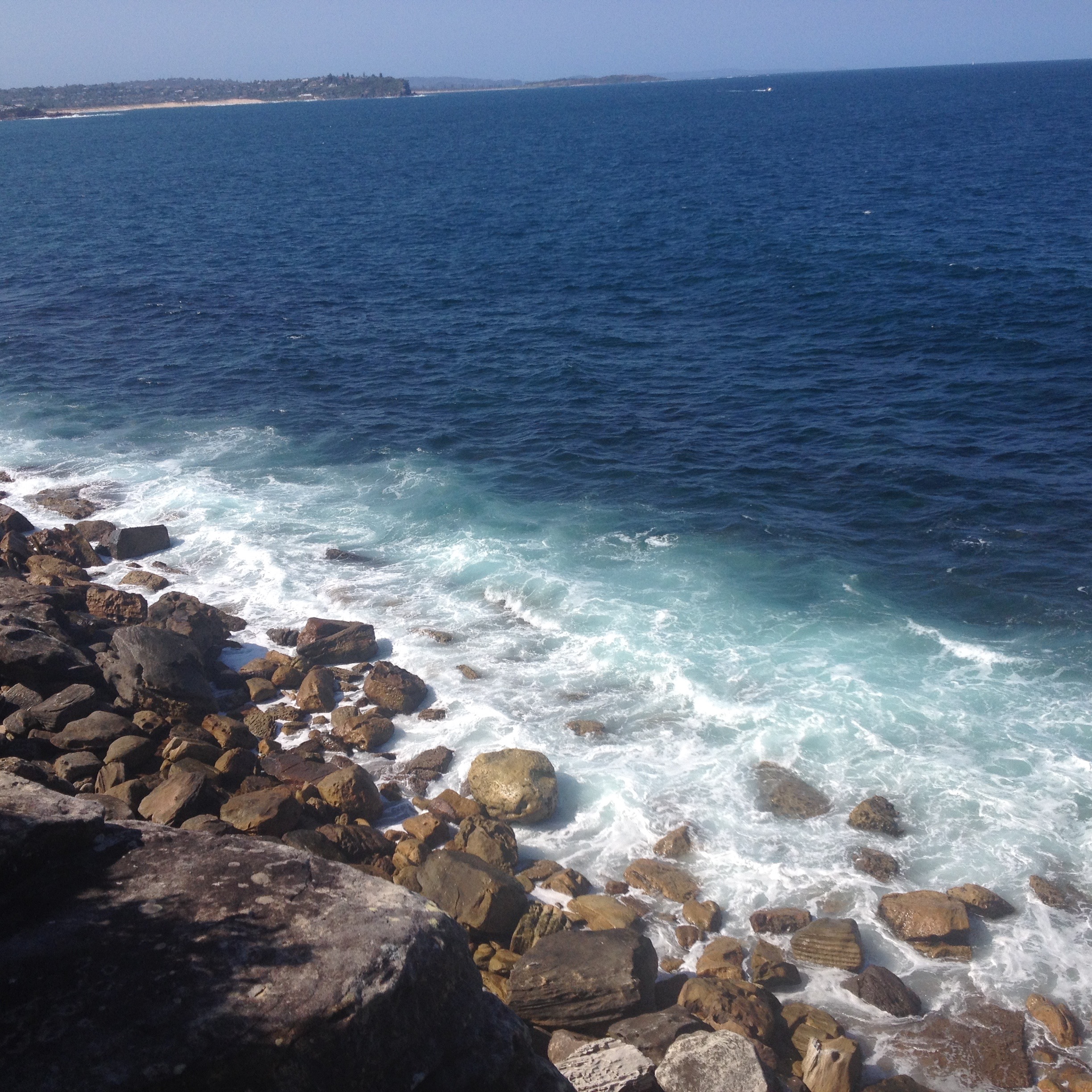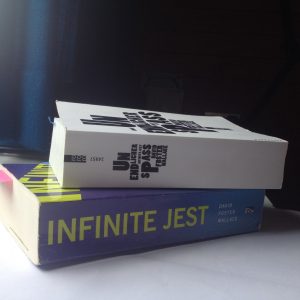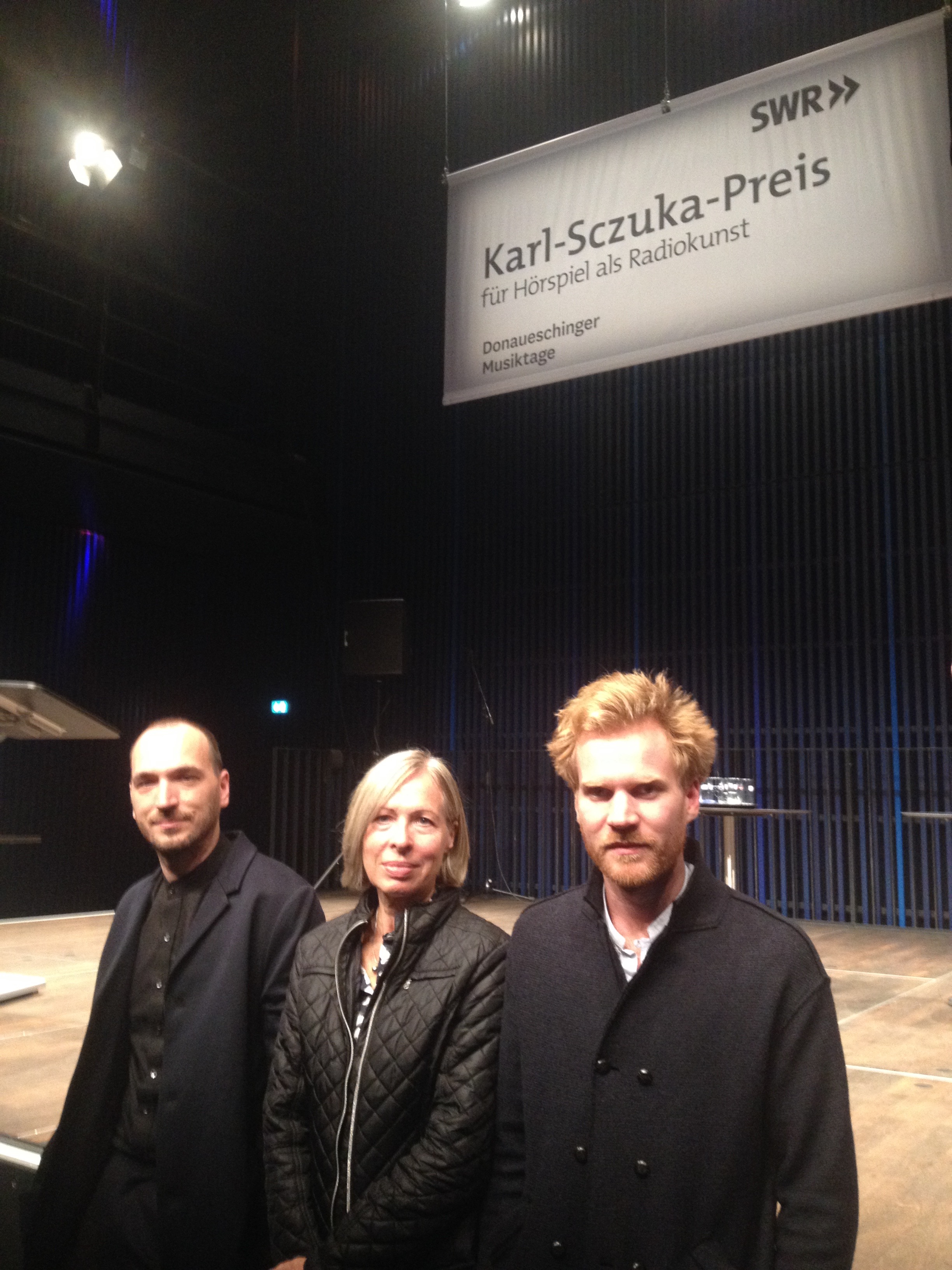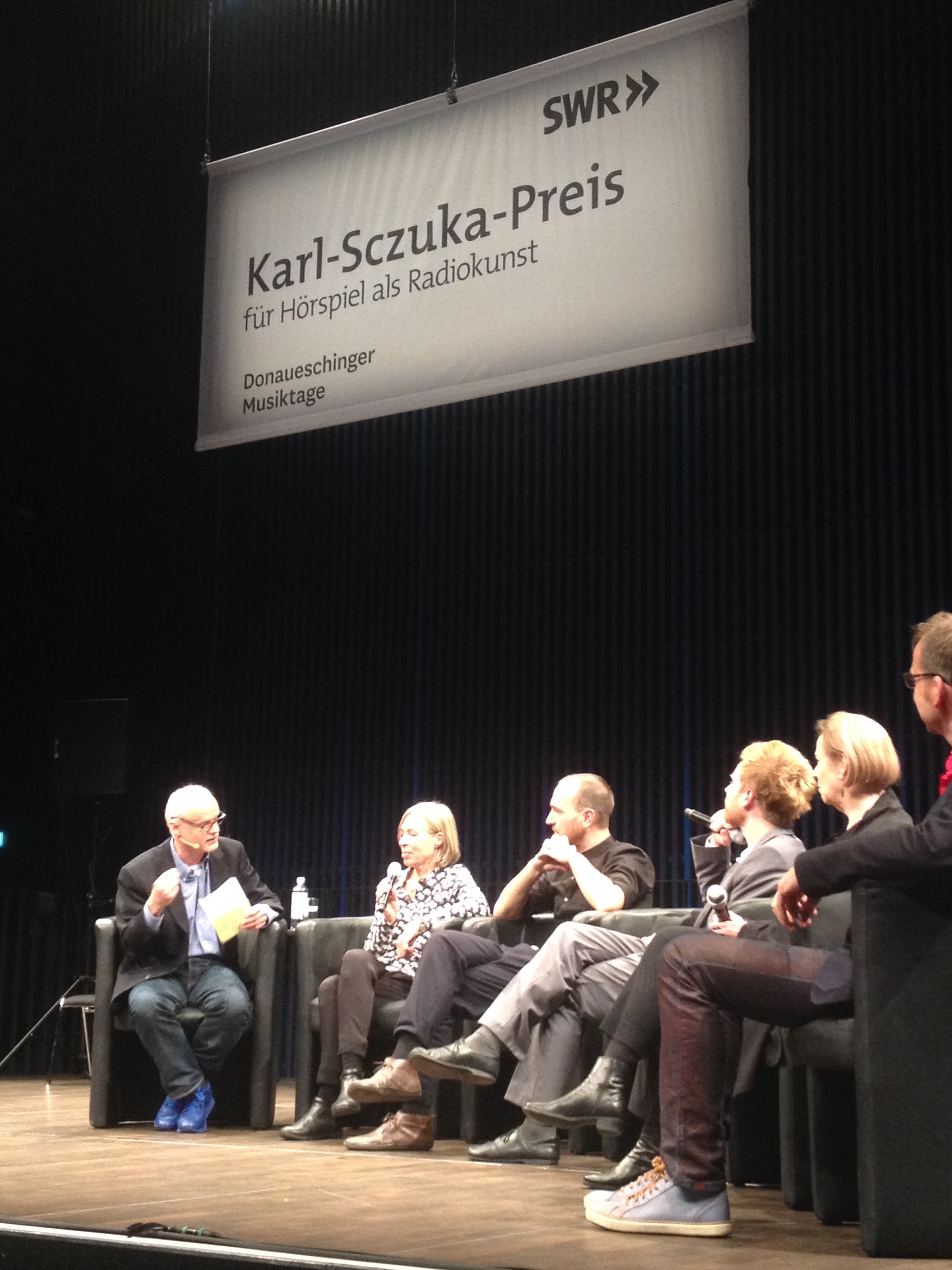It’s my great pleasure to announce the return or the Russian avant-garde, at least on air and online – unfortunately only in German, though: Today, Friday April 20 my feature “Die Medienkunst der russischen Avantgarde” will be broadcast. Therefore I had the great pleasure to talk to some terrific researchers and experts on Russian art, media and cultural history: Siegfried Zielinski, Berlin based media-archaeologist and theoretician, Sylvia Sasse, professor for Slavic literary studies at the University of Zurich, the historian and musicologist Boris Belge (Basel) and the Chlebnikov expert Andrea Hacker (Bern).
The reason for this radio show is the broadcasting of Andreas Ammer’s and FM Einheit’s terrific interpretation of Arseny Avraamov’s „Symphony of Sirens“, the loudest composition in music history, which was staged October 2017 in Brno, Czech Republic. Last Friday a recording of this unique performance has been broadcast by the radio drama department of Bayerischer Rundfunk (BR), which is still available on its website in different mixes: A binaural mix for headphones, a 5.1 mix and a documentary film of the performance in Brno.










